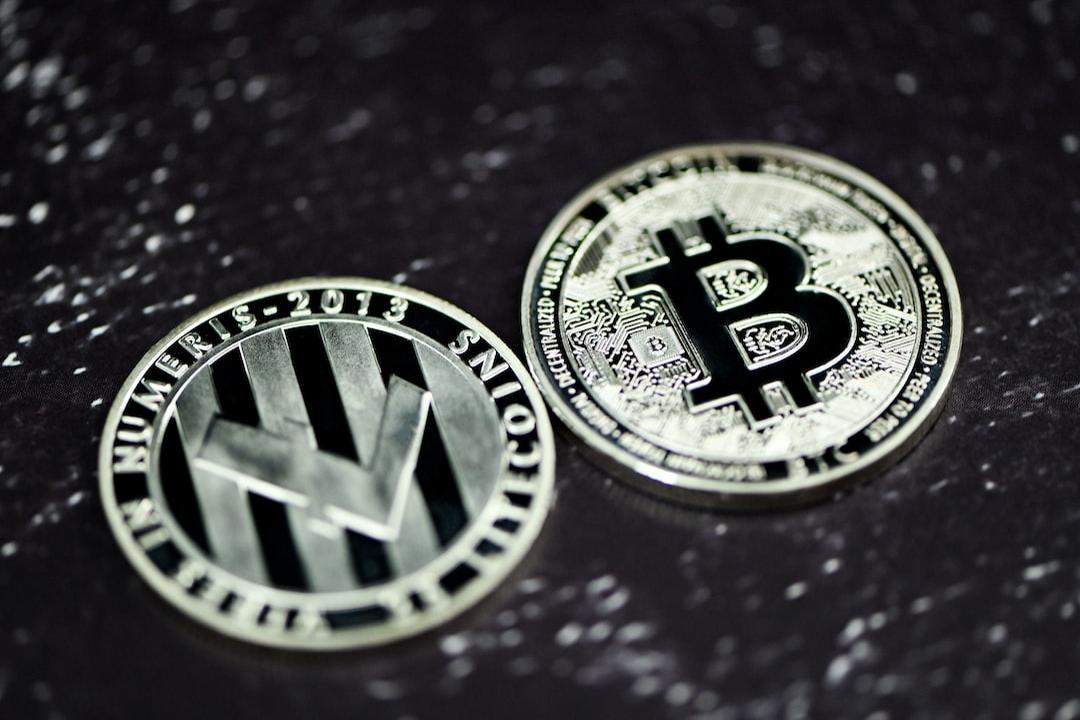A key aspect of the global growth of cryptocurrency markets is tokenization.
This burgeoning industry is poised to evolve into a market worth trillions of dollars, leveraging smart contract platforms as the foundational infrastructure. Naturally, this progression implies that these smart contract platforms will attract more liquidity, thereby elevating the prices of their native cryptocurrencies.
Tokenized Stock Markets
According to a WSJ report, the Kraken exchange is establishing a tokenized market for U.S. stocks. Notable stocks such as APPLE, TESLA, and NVIDIA, among others, will be made available for trading as crypto tokens. Investors who are keen on stock investments will now have access through cryptocurrency platforms, simultaneously fostering robust connections between the cryptocurrency realm and traditional finance.

Major financial firms, including BlackRock and Franklin, which manage assets worth trillions of dollars, have long been tokenizing U.S. bonds. Their products have already reached several billion dollars in size. The RWA sector, anticipated to exceed $10 trillion by 2030, is projected to offer substantial benefits to cryptocurrencies. As an instance, U.S. bonds are predominantly being tokenized on the Ethereum 
$2,529 network. Other alternatives such as Solana 
$172 and Avalanche, along with Ethereum layer 2 solutions, are being experimented with as infrastructure networks.
Blockchain and Financial Integration
Tokenized markets permit a new method for market participation and investment. Tokenization not only democratizes access to investments traditionally controlled by large institutional players, but also enhances liquidity and efficiency within these markets.
Furthermore, the active role of major companies in this space underscores the importance of blockchain in the evolving financial landscape. It is anticipated that this shift towards tokenization will become more prominent, with significant implications for market dynamics.
Additionally, enhancing connectivity between different financial domains, such as digital and traditional finance, can drive innovation and adoption, pushing the boundaries of current financial structures. This symbiotic relationship is expected to yield positive outcomes for stakeholders across the spectrum.
As the trend towards complete digitalization of assets accelerates, it necessitates the adaptation of regulatory frameworks to ensure safety and security in these expanding markets. Thus, collaboration between industry players and regulatory bodies will be crucial.
Overall, the embrace of tokenized assets by major financial institutions paves the way for an integrated and cohesive financial ecosystem that aligns with modern technological advancements.


